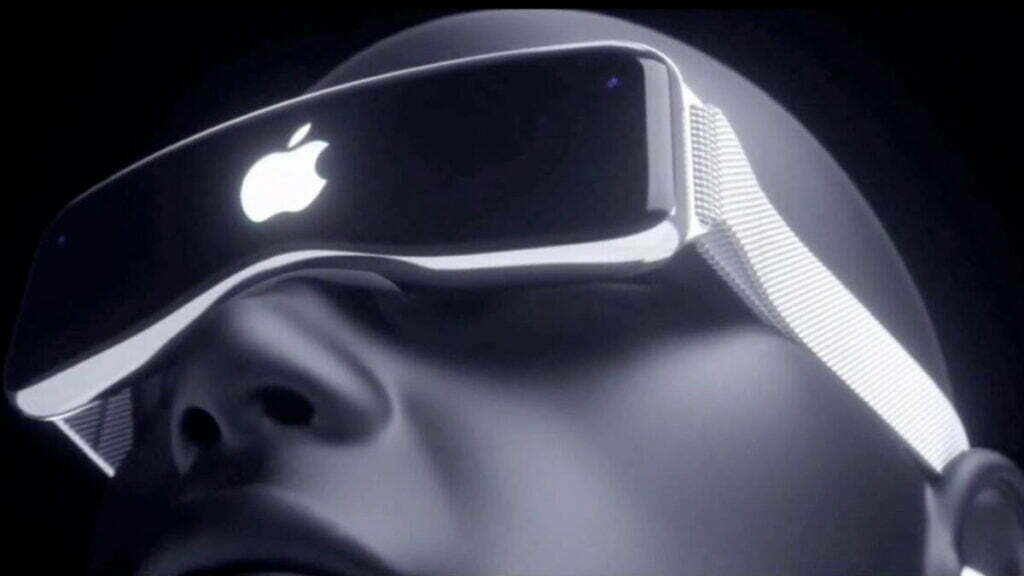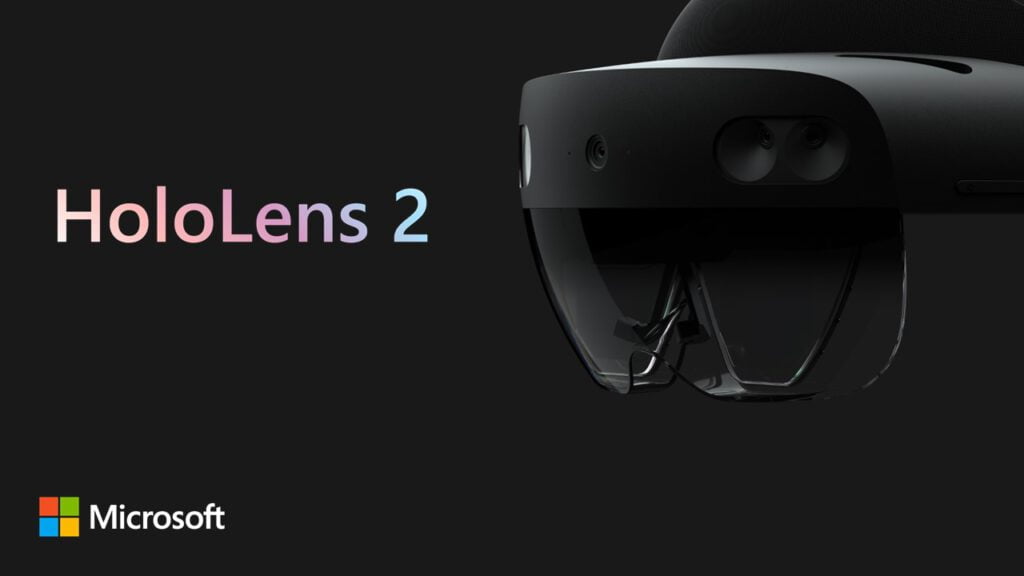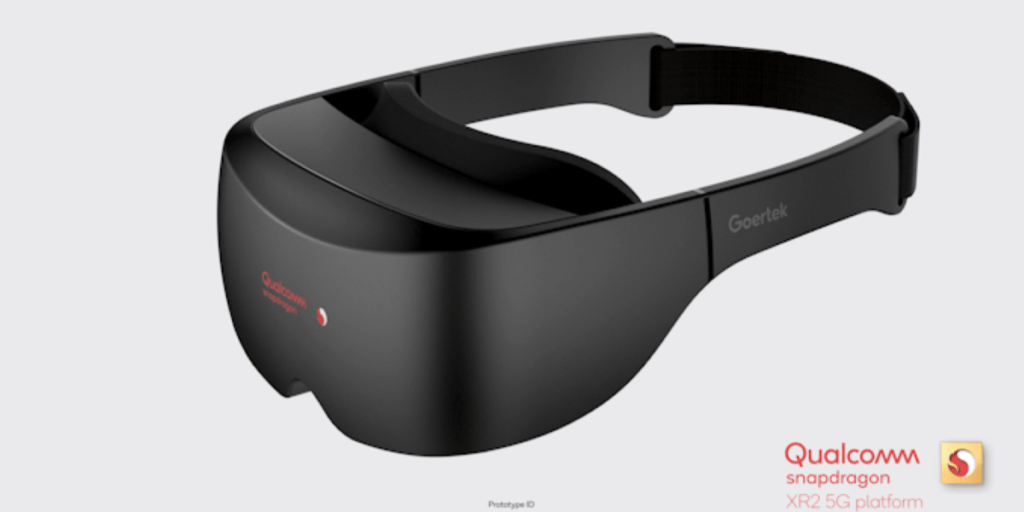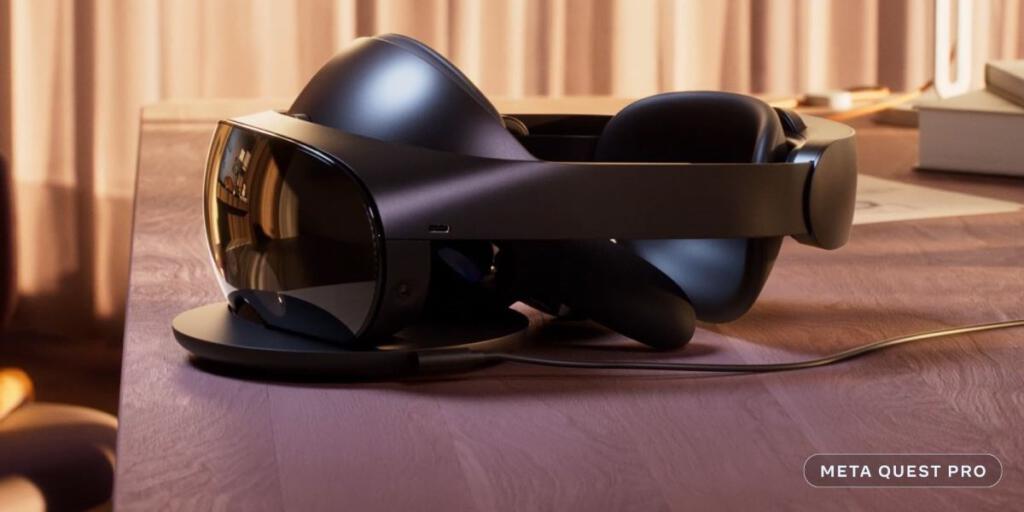The future of the Metaverse is up for grabs, with Apple, Microsoft, Google, and Meta all fighting for a piece of the pie.
The concept of the Metaverse is ever-evolving. But ever since Neal Stephenson conceived the idea, one thing has remained consistent to this day. To access the Metaverse, we’ll need a high-tech VR headset.
Nevertheless, before we can start talking about why we even need an operating system for the Metaverse or which companies are fighting for it, we need to understand the world of visual computing.
The Visual Component of Computing
The world of computing – and the Internet as we know it – is a 2D virtual world that we access through our devices. But, things weren’t always this way. Before the days of graphical user interfaces, and computers ran solely on text commands.
The first commercially released personal computer was Altair 8800. It lacked a keyboard or even a monitor, but it could run simple machine language programs.
Steve Wozniak, the co-founder of Apple was enamored with the Altair. However, he couldn’t really afford to pay nearly $400 for the machine. That’s why he decided to come up with his own PC, which lead to the birth of Apple 1. The design was primitive, but it helped Woz design Apple 2, the PC that launched the company.
In the mid-1980s, Apple teamed up with Aldus to create an app that integrated text and graphics into a single package. The app was called ‘Aldus PageMaker‘. It allowed people to use text, graphics, and photos in their documents.
That was followed by Apple’s introduction of the CD Rom. That move made the visual experience of end-users even more engaging. It wasn’t just about text anymore, as users could now experience audio and video too.
While it has taken us three decades for it, we’re finally entering the 3rd generation of visual computing. The Metaverse is promising to give us a more engaging, captivating 3D experience than we could ever have imagined before.

Why We Need a Metaverse OS?
The Internet is slowly moving toward a more visual – or better yet, immersive – environment. Web 3.0 will definitely be a cross-platform affair.
That means, to experience it fully, we’ll need a platform that will be able to handle both 2D and 3D environments. The battle for the Metaverse became clear during Qualcomm’s latest Snapdragon Summit.
Qualcomm is a multinational company that specializes in manufacturing semiconductors Andmobile technologies for the smartphone industry. Just a few weeks ago, the company introduced its Snapdragon AR2 Gen 1 chip that will be used for various AR and VR glasses.
The chip was designed for high-performance, light VR/AR glasses that will help us unlock the new era of visual computing. It achieves a 2.5X increased AI performance, 50% lowered power, with lightning-speed Wi-Fi 7 connectivity for rich experince never seen before.
Four Companies Working on the Technology
With the AR2 chip, the race for the Metaverse is on. While countless companies are trying to get in on the action a few are already well ahead of the pack.
1. Apple
Apple started working on their AR strategy some five years ago and today, there are over 14,000 AR-related apps in the Apple App Store. Instead of coming up with another OS, Apple’s plan is to adapt iOS to new hardware.

Based on patent filings, the company has experimented with AR/VR technology for nearly two decades now. In the last few years, Apple has acquired multiple AR/VR companies and is rumored to be releasing its headset in 2023.
2. Microsoft
Although Microsoft missed out on the smartphone trend, the company is working hard to make up for it in the AR/VR space. Microsoft’s HoloLens 2 has been available for a few years and the Redmond giant has plans to make it even more powerful.

The mesh headset should not only give the users a crisp quality, but the design allows them to easily switch between real-world and 3D images. Microsoft is working on delivering a Windows OS for the Metaverse linked to its Azure backend services.
3. Google
Google wants to create an OS for the Metaverse that will be connected to its backend services. Although the tech giant has been working on an AR/VR processor of its own, given the AR2 power, it wouldn’t be surprising if Google takes a more collaborative approach with Qualcomm.

The higher-ups at Google are looking to create an OS that will do the same thing to Metaverse-enabled devices as Android did to smartphones.
4. Meta
The owner of Facebook is putting all of its chips on the Metaverse. As a matter of fact, Mark Zuckerberg’s decision to rebrand his company and take it in a new direction has sparked the public’s interest in Metaverse as a whole.

While not much is known about Meta’s OS, the company is trying to build a platform within its closed network. Considering all the resources and talent Facebook has, it won’t be surprising if they are the first ones to deliver a fully-functioning Metaverse OS.
Who Is Leading the Web 3.0 Race?
While many individuals and organizations are still trying to figure out what the Metaverse is, others are deep in the trenches developing the technology.
Meta and Apple are trying to build their Metaverse vision around their own hardware and platforms, while Google and Microsoft are taking a more open-standards approach.
All in all, it would be safe to say that at this point in time, Apple is leading the race, considering that they’ve been planning ahead and have the resources to make their vision a reality.
Author

Keen blogger with a zest for Web3, delving into the symbiotic narrative of NFTs and decentralized frameworks.




